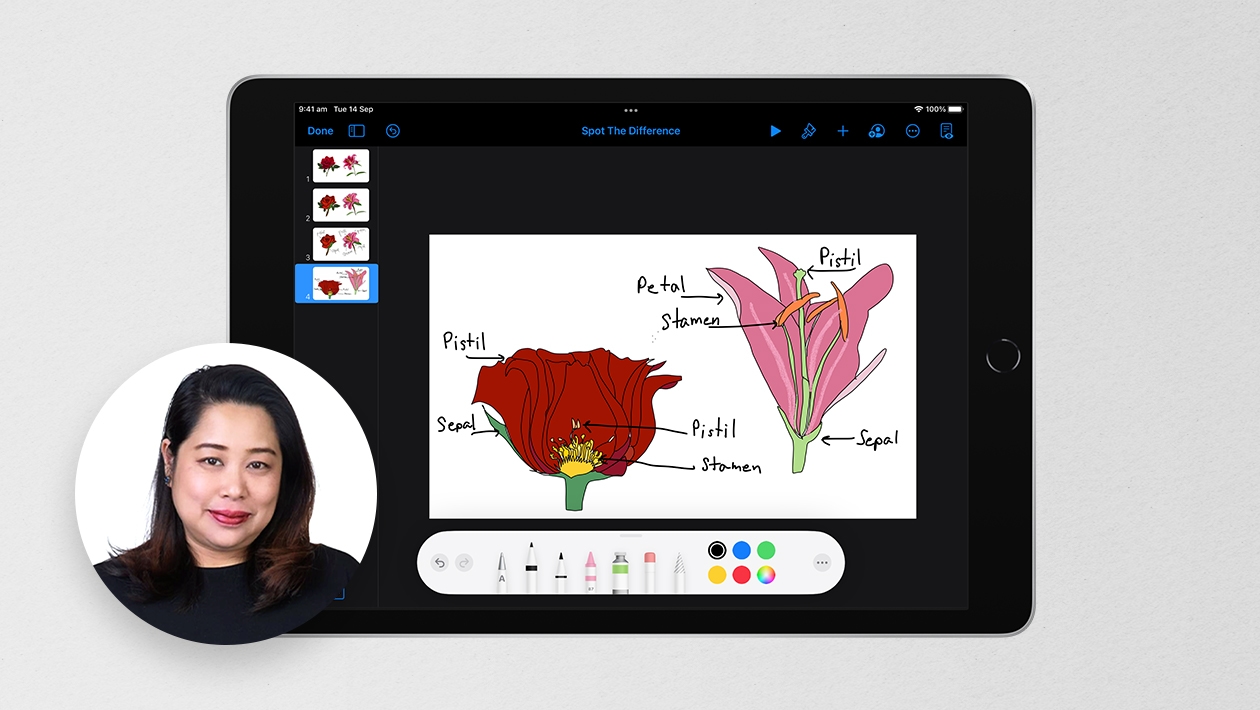Context
Students are often introduced to cells and microscopic organisms in lower secondary biology. However, textbook diagrams rarely spark the same fascination as seeing real, living microorganisms. This lesson uses digital microscopy and iPad-based journaling to create a hands-on, exploratory experience.
Preparation & Flow
Flow:
Introduction to Micro-organisms (10 mins)
(Teacher-led) Brief video/slideshow presentation to introduce microorganisms, where they live, and their importance.
Sample Collection (10 mins)
Students collect samples from around the school: pond water, soil, plant surfaces.
[Can be skipped if teacher prepares samples prior to class; other samples can include onion epidermal cells, other forms of cells]
Microscopy Time (20 mins)
If a microscope is available, students can connect an iPad to a digital microscope to view and record microorganisms. Students are to screenshot observations, then annotate or sketch in Freeform/Notability.
If a microscope is not available, the teacher can guide students on the use of a magnifier on the iPad to visualise differences in the sizes of organisms (e.g., plants vs small insects, plants vs texture of the surface of leaves).
Journaling and Sharing (15 mins)
Students write up 2-3 observations and draw what they observe from their samples. A presentation on their findings can be done, along with active class discussions on specific observations. Teachers are to clarify misconceptions identified at this stage.
Wrap-up and Reflection (5 mins)
Class/group discussions on what was memorable or surprising.
Students can export their work as a PDF for submission to SLS.
Bonus
Teachers can leverage the Freeform’s infinite zoom to illustrate the different sizes of organisms/microorganisms. This can be useful for students who are unable to visualise or conceptualise the size of microorganisms.
Possible Extensions
• Students can create a digital field guide (illustration) of common microorganisms around their school using Freeform as a group assignment (e.g., organisms found in various locations of the school garden).
• Students can compare samples collected from different environments (e.g., various gardens vs classroom).
• Extend basic knowledge of microorganisms into lessons on ecosystems and food chains.
From the LearnGrowCreate Team
Main author: Sharon










Attach up to 5 files which will be available for other members to download.